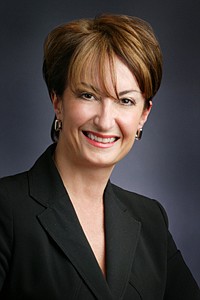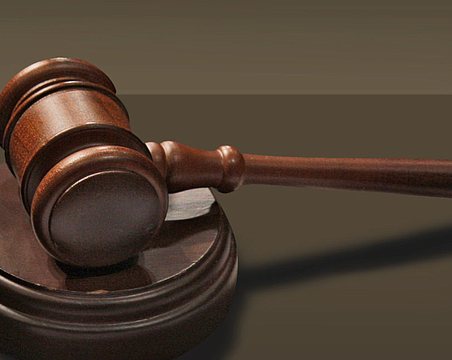The admonition to be careful what one hopes for may apply doubly so for Florida backers of two redistricting amendments that passed — primarily Democrats.
Democrats blame their losing streak in recent years to gerrymandering, pointing out that representation by Republican legislators and members of the U.S. House is disproportionate to the number of registered Democrats and Republicans in the state.
“Districts are very politically unbalanced,” says Pamela Goodman, a director of the League of Women Voters of Florida. She debated the issue with state Senate President Pro-tempore Mike Bennett, R-Bradenton, at a recent Sarasota Tiger Bay Club luncheon.
It's still a hot issue because the amendment dealing with congressional seats is being challenged in court by African-American U.S. Rep. Corinne Brown, D-Jacksonville, and others.
Goodman notes that there are 4.6 million registered Democrats in Florida compared to 4 million Republicans and 2.2 million registered as independents or from other minor parties.
Goodman and other supporters of state constitutional amendments 5 and 6 (one deals with legislative districts and the other with congressional districts) claim the imbalance is totally due to partisan gerrymandering, that is the intentional drawing of districts by legislators to best ensure re-election of those in power drawing the district boundaries.
But here's the rub: They probably have it flat out wrong, according to the only definitive detailed academic study of Florida redistricting published about a month before the November election.
Goodman, who says she's aware of the study, admits she's only “briefly” looked at it, but hadn't read it. Miami attorney Ellen Freidin, the leader of FairDistrictsFlorida (the group that put the amendments on the ballot), gave the same response to the Business Review when asked about the study prior to the election. (See “Gag order on redistricting study?,” Nov. 2, 2010 Business Review.)
In Goodman's world, based on voter registration, Democrats should have about 43% of the 40 state Senate seats, 120 House seats and the 25 congressional seats. That means she believes Democrats should have five more Senate seats, 12 more state House seats, and five more U.S. House seats.
As it is, Republicans now hold 28 state Senate seats, 81 state House seats and 19 congressional seats. Those numbers give Republicans veto-proof majorities in both chambers of the Legislature, something the GOP would easily lose in Goodman's new world order.
But what Goodman, the League of Women Voters and supporters of FairDistrictsFlorida, pretend they don't know or choose to ignore, is that Florida's Democratic registered voters are largely concentrated in the larger urban areas, particularly Tampa Bay and Miami-Dade. And because of that concentration, Democrats win by large margins in those areas, but mostly lose in suburban and rural areas where Republicans live in greater relative numbers.
Making redistricting more compact, as required by the two amendments, can only be to the detriment of Democrats and minorities.
Those are major findings of the study co-authored by professors from the University of Michigan and Stanford University, who subtitled the work, “Why Compact, Contiguous Districts are Bad for Democrats.”
They examined expected election results based on about 1,000 different computer-generated ways of drawing district boundaries consistent with federal and state legal requirements. They concluded that no matter how districts were drawn that Republicans could fully expect to win a disproportionate number of seats compared to GOP voter registration numbers.
The authors even go as far to suggest that the only way Democrats could increase representation would be to draw pie-shaped districts emanating out from these big urban areas.
Sounds exactly like gerrymandering.
One other pretty big detail Goodman and those of like mind tend to ignore: Republicans actually vote in larger numbers than Democrats. Democrats cast only 35.2% of all votes cast statewide in the November general election despite their registration advantage. Republicans cast 59.5% of the votes though only accounting for 36% of the state's registered voters.
Leaving that fact out starts making the backers just look partisan.






